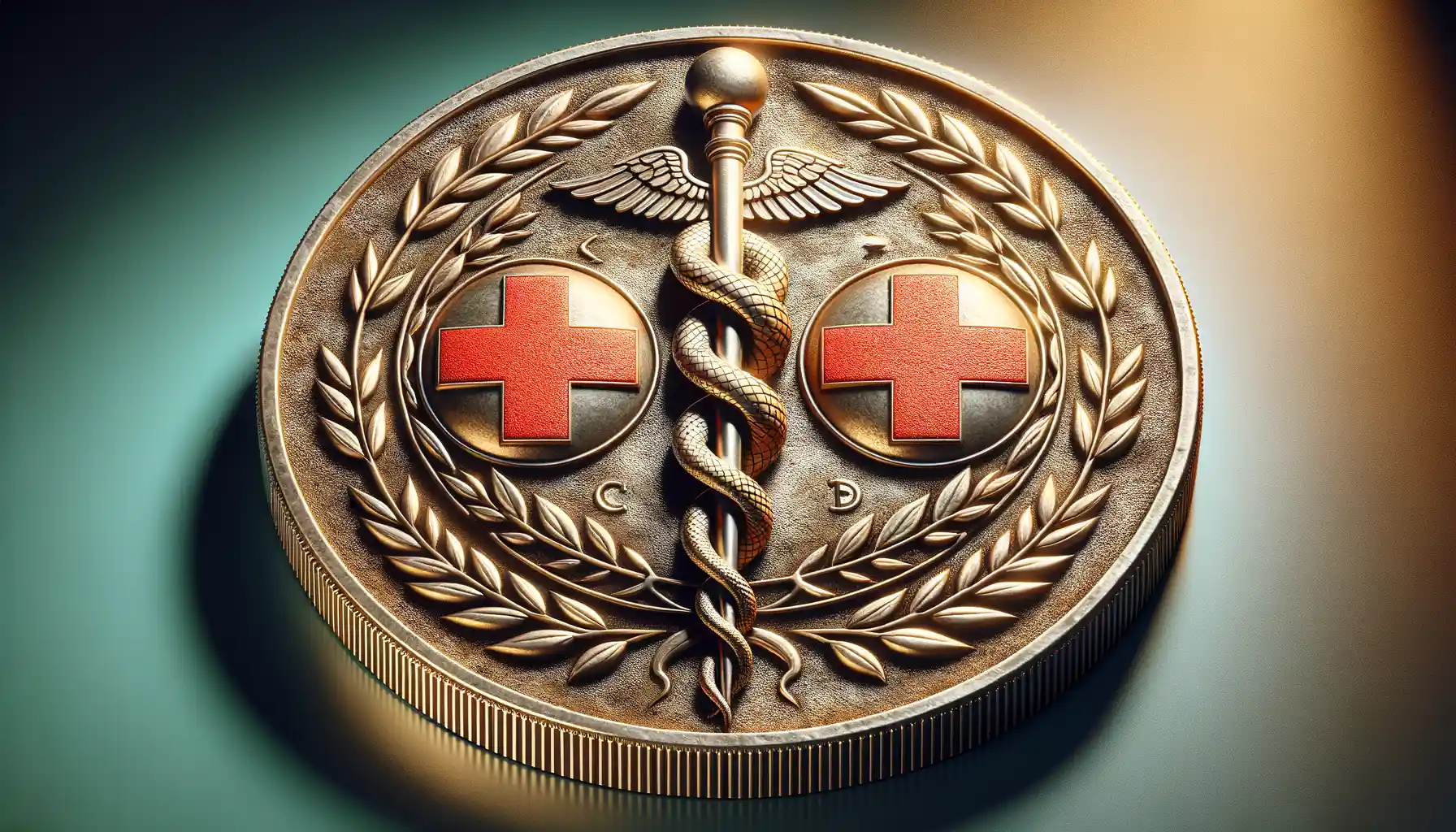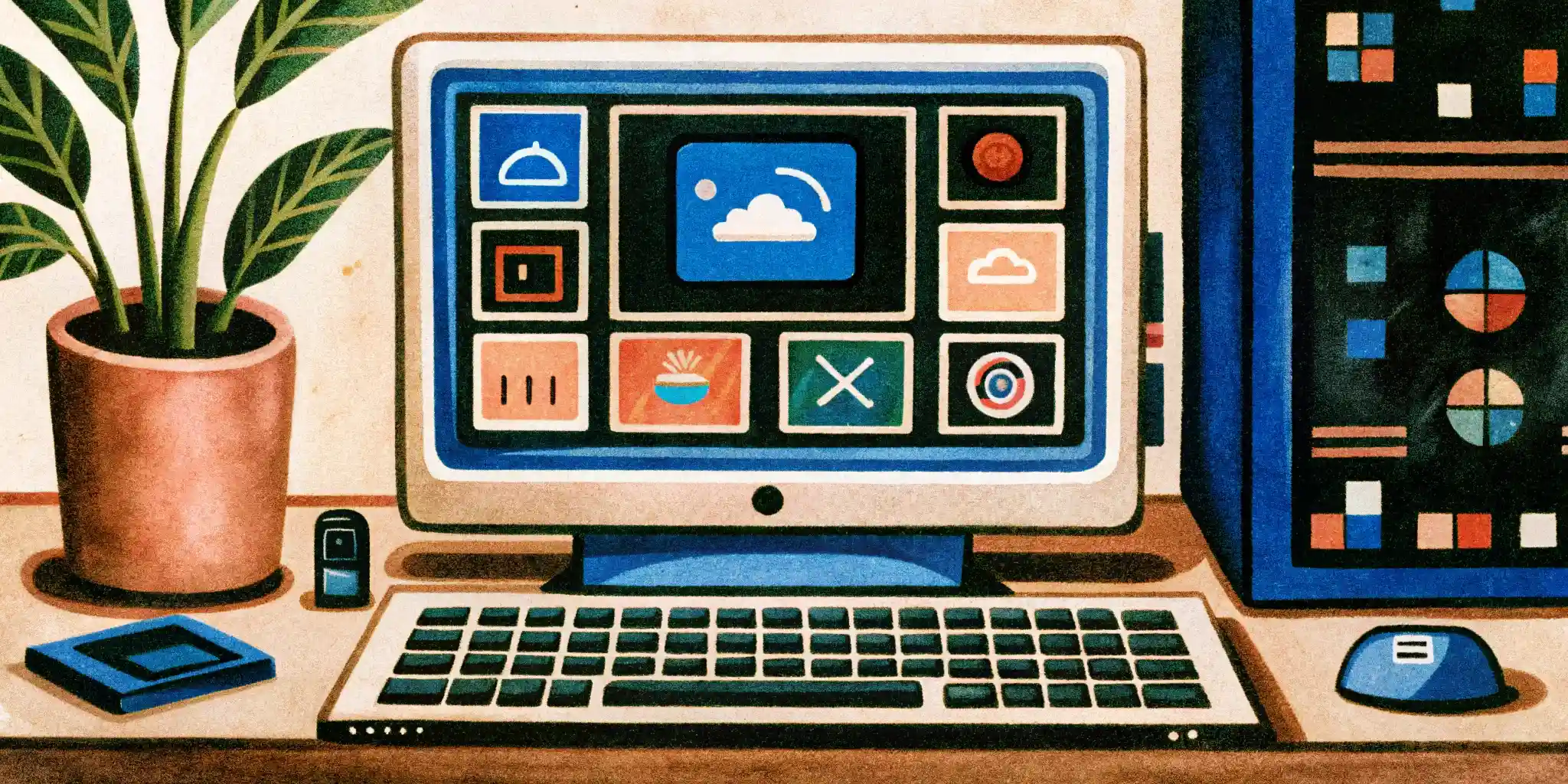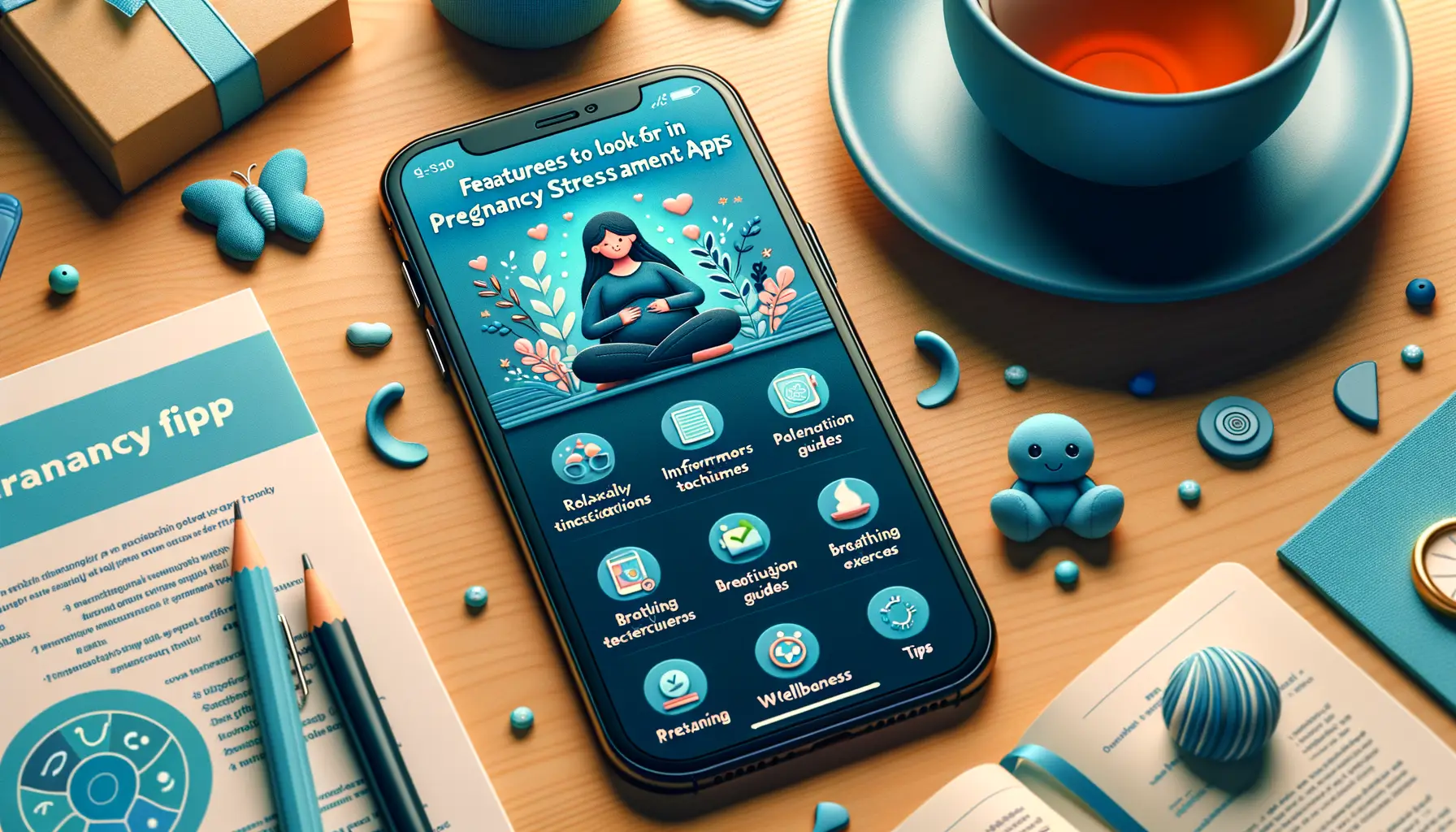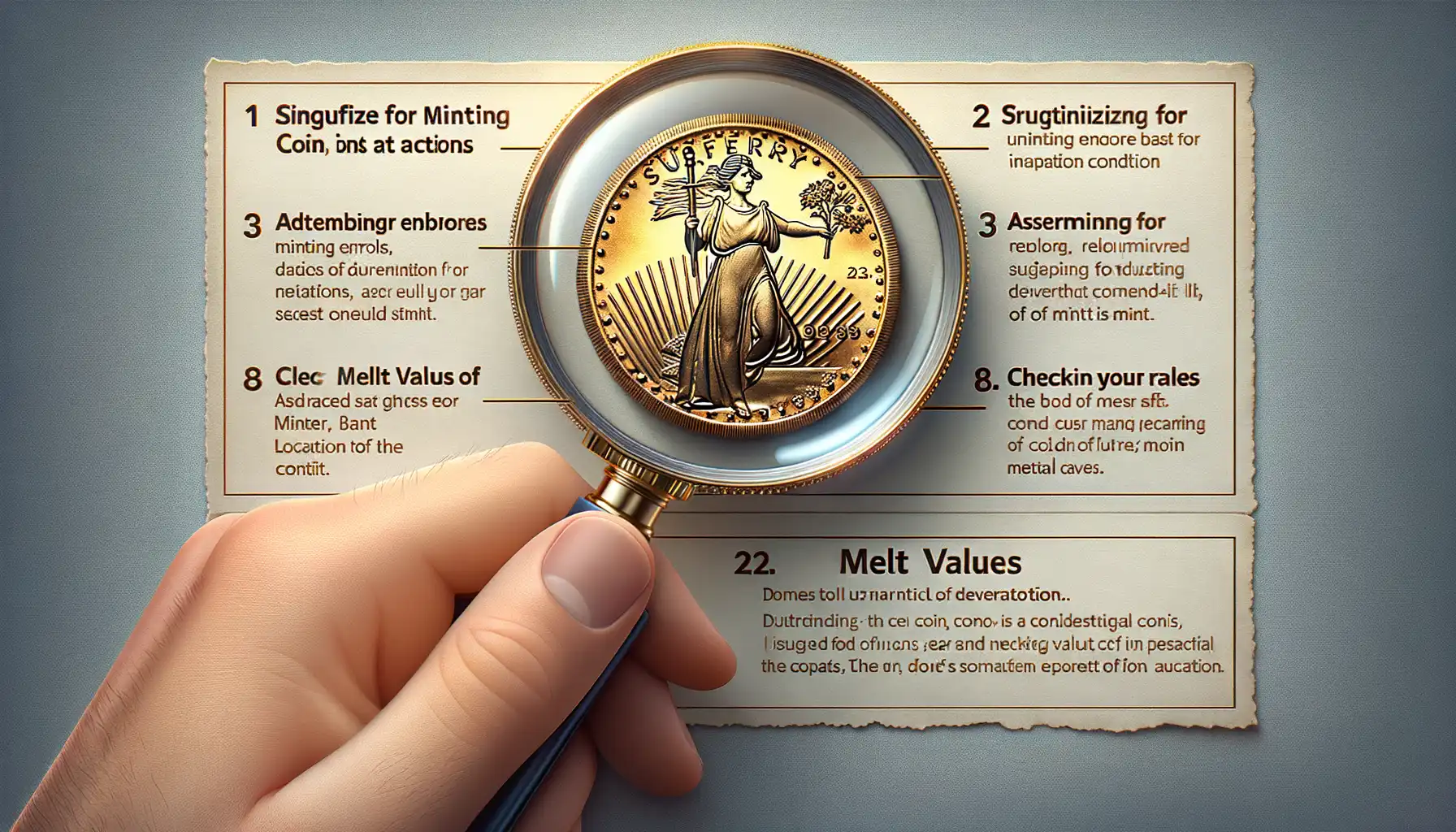Significance of Old Coins in Representing Healthcare History
Unearthing the Stories Behind Ancient Healthcare Coins
Imagine holding a coin from centuries past, its surface etched with symbols of care and healing. These coins are far more than currency—they are gateways to understanding how people viewed medicine and well-being long before modern hospitals existed. The rough copper or gleaming gold tells us not just about economies, but about the very fabric of ancient lives.
Take, for instance, a Roman denarius featuring the divine figure of Asclepius, the god of healing, holding his legendary serpent-entwined staff. This image didn’t just symbolize medical knowledge; it reassured citizens that even in chaotic times they had access to divine health support.
- Greek city-states often minted coins showing Hygieia, goddess of hygiene, emphasizing preventive care.
- In the Islamic world, coins highlighted revered doctors like Avicenna, celebrating their advancements in science.
These tiny metal canvases weren’t random; they were deliberate choices reflecting societal pride in medical progress. Through each faint line on these coins, we glimpse humanity’s longstanding journey to battle sickness and foster health. Isn’t that a powerful connection across time?
Major Healthcare Symbols Depicted on Ancient Coins

The Healing Staff: A Symbol of Ancient Medical Mastery
Imagine holding an ancient coin in your hand, its surface worn smooth by the passage of centuries. Now look closer—etched into that weathered metal, there it is: the unmistakable image of a serpent curling around a staff. This isn’t just art; it’s the iconic Rod of Asclepius, a timeless emblem of healing and medicine. These coins, minted in ancient Greece and Rome, were more than currency—they were miniature billboards of cultural identity. The Greeks, for instance, proudly showcased this symbol as a tribute to their god of healing, Asclepius, whose sacred shrines often doubled as early hospitals.
But not all healthcare imagery on coins was tied to divinity. Ancient Roman coinage, for example, sometimes portrayed Hygieia, the goddess of hygiene, holding a snake and bowl—a striking nod to public health. Coins like these didn’t just circulate wealth; they carried stories, values, and even subtle calls to action for healthier living.
- Could a serpent symbolize renewal and regeneration? For many ancient cultures, absolutely.
- Why a bowl? Likely a reference to medicinal remedies and treatments of the time.
These symbols whisper to us across millennia, revealing how deeply humanity valued healing professionals and their sacred role.
Cultural and Regional Variations in Medical Imagery

The Heart of Cultural Stories Etched in Metal
Imagine holding an ancient coin from Greece, its surface worn smooth by centuries but still brimming with meaning. The caduceus symbol—a staff entwined with serpents—stands out. Did you know that in ancient Greece, serpents represented wisdom and healing? But step across borders into India or China, and you’ll find something remarkably different. Coins there often carried imagery of lotus flowers or Yin-Yang motifs, reflecting their own cultural philosophies of balance and renewal in medical practice.
Symbols on coins weren’t arbitrary; they told the stories of unique healthcare beliefs. For example:
- Egypt: Coins adorned with the Eye of Horus symbolized protection and well-being.
- Rome: The god Asclepius holding a serpent staff was a nod to their divine approach to medicine.
- Byzantium: Crosses on coins indicated the intertwining of faith and healing.
A Patchwork Quilt of Medical Traditions
Here’s the beauty of it: each region carried its soul into shaping medical imagery. While European coins often leaned into mythical symbols, Asian coins mirrored nature’s rhythm—like medicinal plants or animals carved into their tiny surfaces. And you can almost hear the stories these coins whisper: beliefs in body harmony, spiritual wellness, and communal health are immortalized in their designs. What a striking contrast to today’s clinical white walls, don’t you think? Coins remind us healing has always been more than science—it’s culture, heart, and human connection.
The Influence of Mythology on Healthcare Symbols

From Gods to Healing Hands: Mythology’s Role in Medical Symbols
Ever wondered why a serpent entwines the staff in the symbol of medicine? It’s not just a curious design—it’s a tale as old as time, deeply rooted in mythology. Across cultures, gods, legends, and mystical creatures have shaped the imagery we associate with healthcare today. Take the **Rod of Asclepius**, for instance. It harks back to Asclepius, the Greek god of healing, who was often depicted holding a staff with a single coiled snake—a creature symbolizing renewal and rebirth because of its skin-shedding.
The influence doesn’t stop with the Greeks. In ancient Egypt, **Thoth**, the deity of wisdom and medicine, wore the image of an ibis and moon, etched into coins and walls alike. Even in the Hindu tradition, **Dhanvantari**, the divine physician, would hold a pot of amrita (nectar of immortality), a symbol of curing ailments and prolonging life.
- The serpent? Renewal and transformation.
- The staff? Support, resilience, and divine authority.
- The chalice or cup, as seen in pharmacy symbols? Healing elixirs and antidotes.
These mythical stories were like whispers passed through generations, their echoes finding permanence on ancient coins. Isn’t it remarkable how something so small—a coin—could carry the weight of such grand, timeless symbolism?
Modern Interpretation of Historical Healthcare Icons
![]()
Breathing New Life Into Ancient Medical Imagery
Imagine holding an ancient coin between your fingers, the metal worn smooth by centuries of hands. Now, picture the symbols etched into its surface—a serpent coiled around a staff, a mortar and pestle, or a laurel wreath surrounding an open hand. These aren’t just marks; they’re whispers from history, encapsulating the essence of healthcare practices and beliefs long past. Today, we aren’t simply observers of these icons—we’re their storytellers, preserving and reshaping their legacy in ways those ancient artisans could never have dreamed.
Take the iconic Rod of Asclepius, for instance. Once just a carved figure on coins passed between curious merchants, it now graces the logos of global healthcare organizations, morphed into sleek digital designs. Or the double-serpent caduceus—a symbol entwined with its own mythology—it finds a modern stage not only in hospitals but even in digital health apps, bridging the gap between tech and tradition.
- Historical shapes turn fluid when adapted to branding, blending curves reminiscent of old-world craftsmanship with the minimalist aesthetic of today.
- Even the colors tied to these symbols have shifted—golden hues of metal coins now reimagined in soft blues and greens for a sense of calm and trust.
This evolution doesn’t dilute their meaning—it amplifies it, connecting medical professionals of the past, present, and future in a narrative that transcends time.




